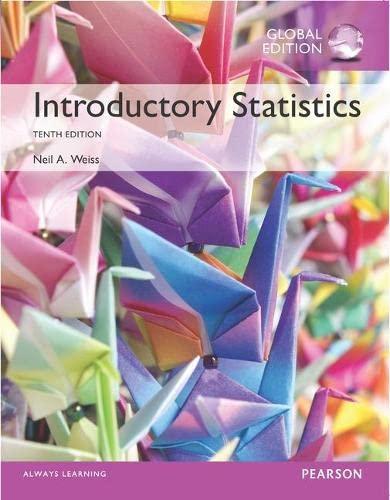Gasoline Additive. This exercise shows what can happen when a hypothesis-testing procedure designed for use with independent
Question:
Gasoline Additive. This exercise shows what can happen when a hypothesis-testing procedure designed for use with independent samples is applied to perform a hypothesis test on a paired sample. The gas mileages, in miles per gallon (mpg), of 10 randomly selected cars, both with and without a new gasoline additive, are shown in the following table.
With additive Without additive 25.7 24.9 20.0 18.8 28.4 27.7 13.7 13.0 18.8 17.8 12.5 11.3 28.4 27.8 8.1 8.2 23.1 23.1 10.4 9.9
a. Apply the paired t-test to decide, at the 5% significance level, whether the gasoline additive is effective in increasing gas mileage.
b. Apply the pooled t-test to the sample data to perform the hypothesis test.
c. Why is performing the hypothesis test the way you did in part (b)
inappropriate?
d. Compare your result in parts
(a) and (b).
Step by Step Answer:






